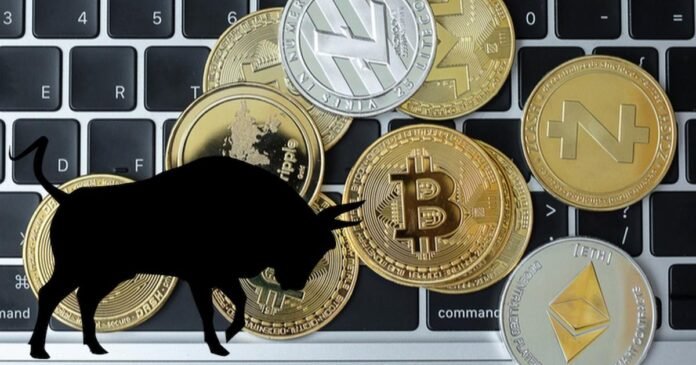First named by legendary California investor William J. O’Neil, the follow-through day was introduced to the investing world by the founder of Investor’s Business Daily in the 1960s. Though not infallible, two have failed in 2022, no bull market of the past 120 years has started without one. Further, they are useful in confirming the continuation of an uptrend after a minor correction.
Though the statistical significance of follow-through days is debated, and estimates of how often they are “correct” vary from about 55 percent, with Quantifiable Edge, to 70-80 percent, with TradingMarkets, there is a reason Investor’s Business Daily has been in business for almost 50 years: legions of retail and professional stock traders use O’Neil follow-through days as their signal to begin bullish operations.
A follow-through day is defined as occurring on the fourth day or later after the Standard & Poor’s 500 Index or Nasdaq Composite Index making a fresh closing low and begin to rally. On the fourth day or later after a closing low has been established in one or both of the indexes, one or both will rally significantly (the current threshold is 1.75 percent) on trading volume higher than the previous session.
Trader Lion reports that distribution, as has been seen with 2022’s failed follow-throughs, in the days immediately following a follow-through day increases the probability that the rally attempt will fail. Distribution occurs when the S&P 500 or Nasdaq Composite fall and close on increased volume from their previous trading session. IBD counts distribution days as part of their analysis of market tops.
A follow-through day is said to have failed, along with the attempt at a new bull market, when the closing value of the S&P 500, Nasdaq Composite, or both, close below their prior low.
IBD reports that using this system to time the market, buying exchange-traded funds the morning after follow-through days, reducing to half-positions at key points, and selling when follow-through days fail or tops form, has resulted in portfolio performance significantly exceeding that of the S&P 500.
According to IBD, from October 20, 2005, to October 30, 2020, following this system with the Invesco QQQ Trust (NYSE: QQQ) has resulted in gains of 334 percent, compared with 178 percent for the S&P 500 and 428 percent for the Nasdaq. Investors who used this system were completely out of the market during the worst part of the 2008 financial crisis and are, as of March 10, 2022, currently sitting in cash as indexes search for a bottom as Russian troops storm across Ukraine and the prices of gold and oil spike to historic highs.
Could this be beginning of the coming currency crisis, as predicted by Andy Snyder?
Astute individual and institutional investors can make use of the data provided by Trader Lion to reduce losses, and boost overall performance, when it becomes obvious that a follow-through day is going to fail. There’s no need to wait and see if an index is going to undercut its prior low if it starts to fall significantly on heavy volume in the days after a follow-through day.
Experienced investors look for the new trend to assert itself, with more days of heavy or increasing volume accompanied by healthy price gains, following a follow-through day.
At this point, leading stocks, over the past decade they have been names like the former Facebook, now Meta Platforms (Nasdaq: FB), NVIDIA Corporation (Nasdaq: NVDA), and Tesla (Nasdaq: TSLA), but they will change, begin to start new bull phases of their own. Trader Kevin Marder likens these stocks to “tennis balls,” as featured with MarketWatch.


